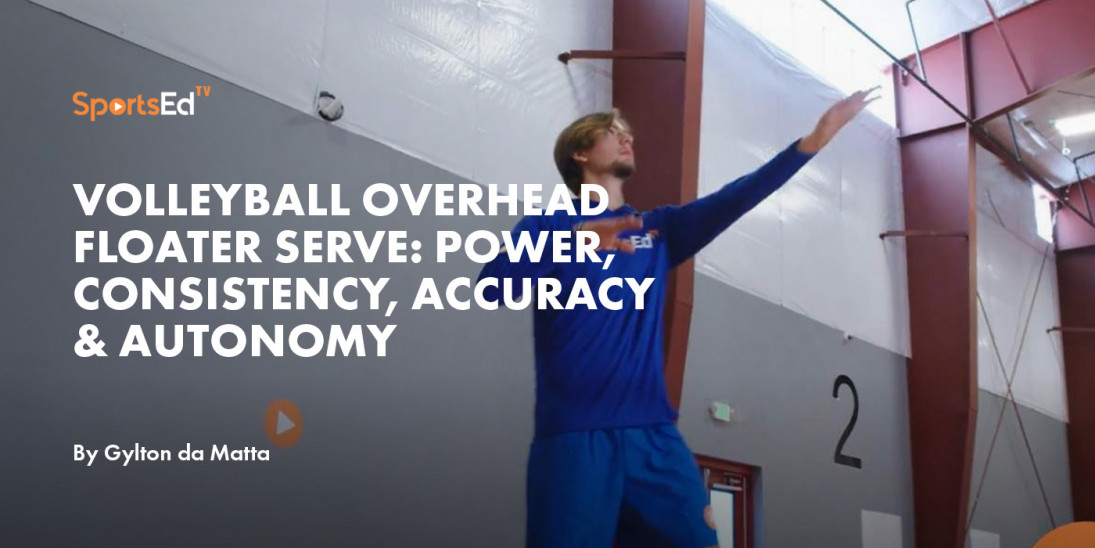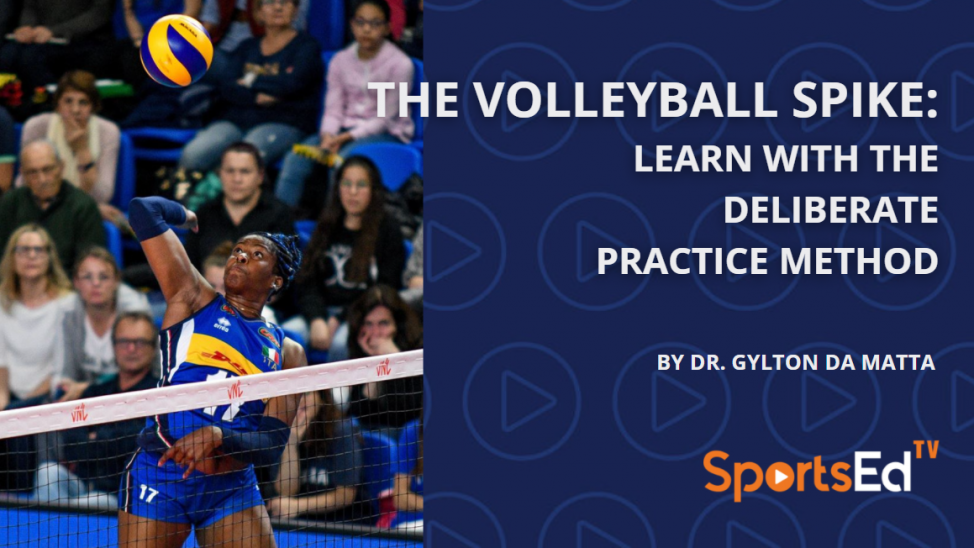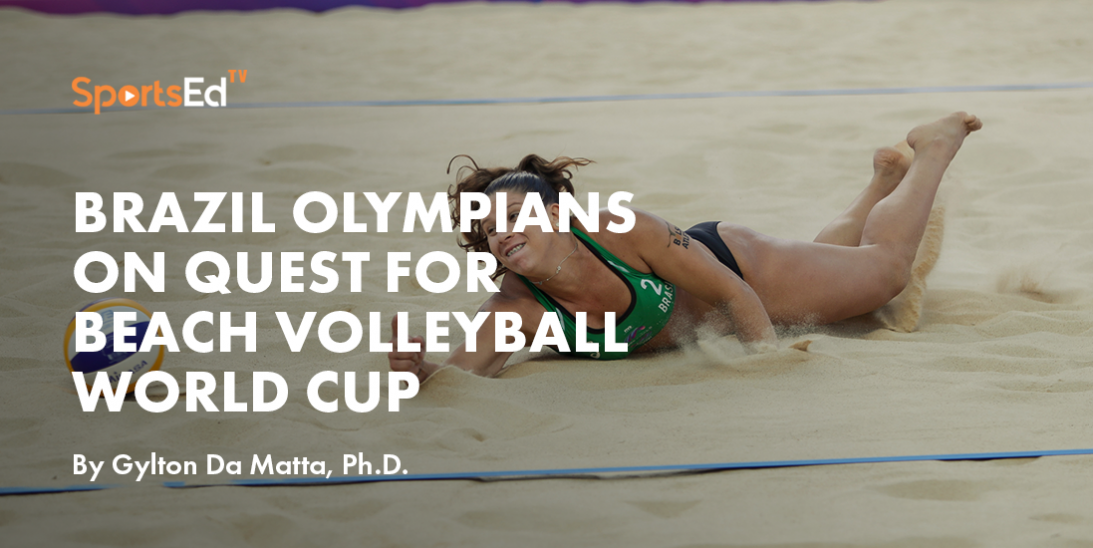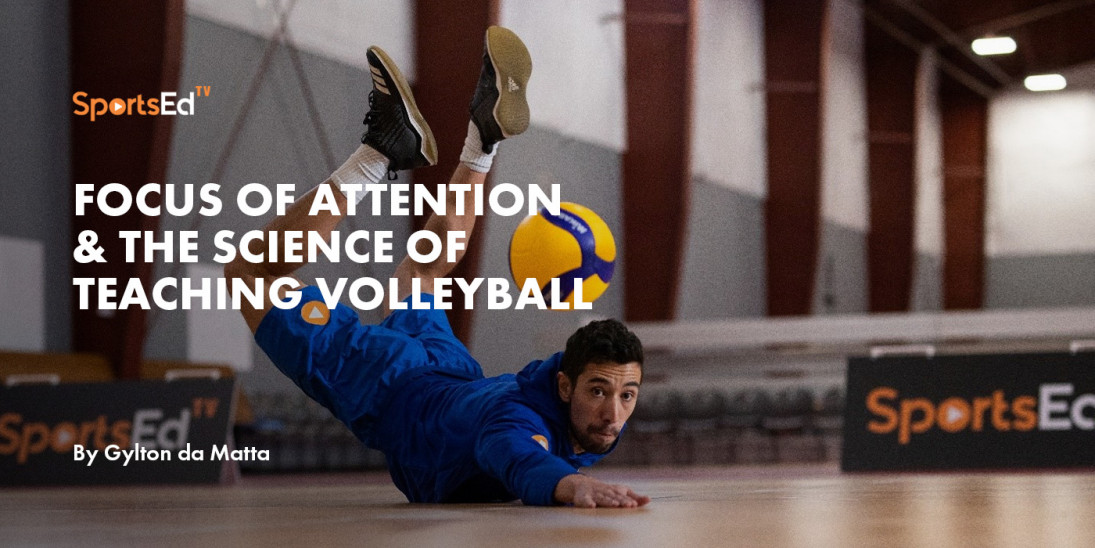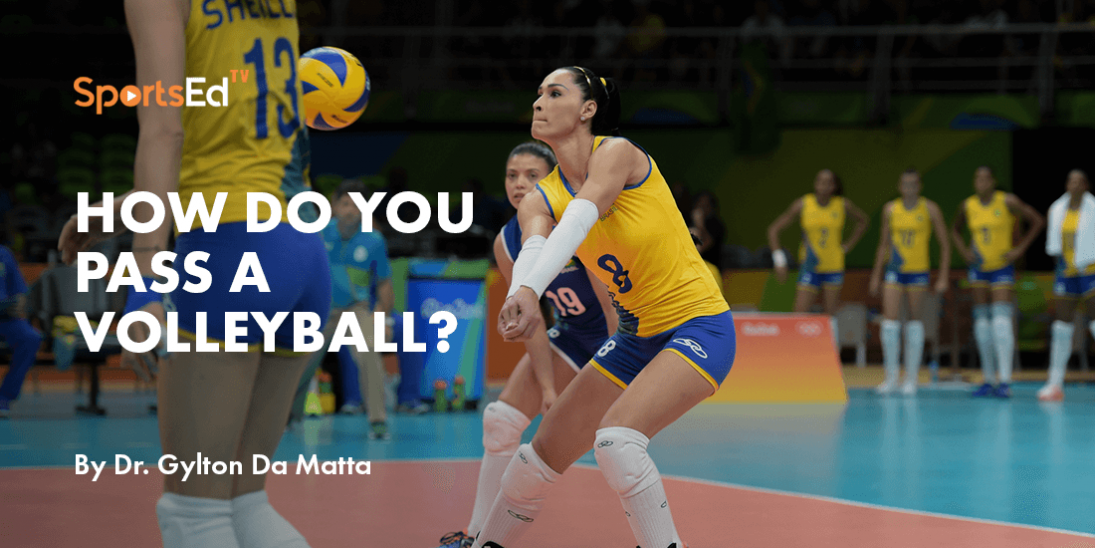Volleyball
Welcome and thanks for visiting...

What is the correct way to hold hands during passing for volleyball?
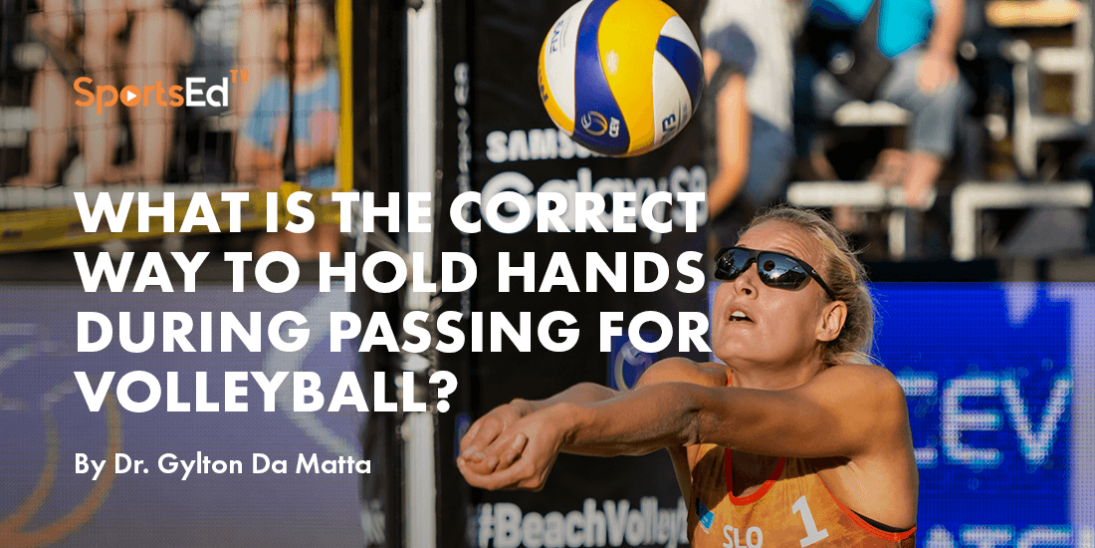
In the Asian tradition, the heart-shaped grip for passing is the first skill that any volleyball athlete learns.
The action of underhand passing, “bumping,” or simply digging a hard-driven volleyball requires the player to learn the classical hand grip of superimposing fingers, matching wrists, and pairing up both thumbs. This hand concept has been the hallmark of volleyball expertise across the world.

VOLLEYBALL PASSING 101
To better understand the importance of having a good hand grip, volleyball coaches need to teach their players that passing (underhand passing) is a solution with a huge array of variability that neutralizes the serves and allows the team to successfully set and attack the ball. Therefore, placing the hands together, getting behind the ball, or even passing in the "midline" represent steps to learn the reality of fast-paced serves and attacks that happen in the match.
The technical development of top volleyball players has been identified with this highly advanced and yet simple volleyball fundament. But it has not always been that way.
THINK OUTSIDE THE BOX
In the case of volleyball in PE classes, in recreational settings, or even in adapted PE, many other ways to pass are accepted and welcome. This is also true in beach and grass volleyball contexts.
Dexterity is key in any fine art. Volleyball is indeed a fine art. In 1970, the famous left-footed player Rivelino was criticized because he could only touch the ball with his left foot, and yet he could control, shoot, and pass the soccer ball with the highest level of accuracy in his generation. The same happened with Eric Liddel, who was one of the fastest runners ever, even though his body position was not necessarily the best form known in his time.

VOLLEYBALL EXPERTISE DEVELOPS UNDERHAND PASSING
I remember analyzing the stars of the 1984 and 1988 Olympics when almost 95% of players adopted the FIVB-prescribed hand grip for underhand passing, but often many outliers would position their hands differently. For instance, a top volleyball player such as Karch Kiraly would often execute passing by just extending his shoulders, elbows, and wrists. Karch would simply use the movement that was available upon the demand of each play. During the same time, the Hall of Fame, Renan Dal Zotto also considered one of the best volleyball players in the world, (like Karch Kiraly) would adopt the orthodox “heart-shaped grip", that I described in my dissertation in 2004.
Nowadays, both top volleyball coaches teach and highly suggest that their players adopt the same hand grip proposed above.
Food for thought: In fact, please see what Karch Kiraly has shared in one of his clinics.
Notice that the world-champion and Olympic Champion Coach Karch Kiraly shows the orthodox hand grip for passing in this clinic, but below, the best of the best was using an “interlocked finger” grip and when he executed this action, he even wore a watch, which would be a “no” “no” in any typical volleyball gym. Fortunately, nowadays, we need to be “open” and sometimes “atypical,” and it is OK!
HOW TO HOLD YOUR HANDS WHEN PASSING A VOLLEYBALL?
Does it mean that we will teach the interlocking technique? Or will only teach the "heart-shaped" grip? Certainly, not…common sense is necessary here. Maybe we need to teach many options, gestures, and solutions to our players, therefore, according to their individuality, allow them to choose the technical form that best fits their needs, wants, and desires. This is coaching in the 21st Century!

In 2015 and 2017, I attended the High-Performance Coaches clinic for USA Volleyball. Top expert coaches such as Julio Velasco (multi-world champion through Italy), Tilly (Gold Medalist Head Coach from France), and Coach Kiraly himself have ministered in that clinic, and all of them suggested using this technical form. In fact, Julio Velasco has been advocating for more "openness" by coaches for almost two decades, explaining that because of the speed of the serves, “we”, elite volleyball coaches, need to expect players to find and utilize different movement solutions for the reality of super-fast game of volleyball. On this note, it was not a surprise when, from April through May of 2022, I witnessed the Brazilian Coaching staff teaching alternative hand grips on defense and serve receive, which exactly confirms Julio Velasco's suggestions and Karch Kiraly's "creative" beach volleyball passing form.
In my book, the 21st Century Volleyball Expertise, we share that variability of practice is the key to success at any level in volleyball. At any level, volleyball players need to master how to pass in many different ways so they can intuitively provide solutions for the fast serves and fast attacks in the game. One does not fit all, and the variability of practice, along with a wealth of solutions in players' motor repertoire, are the keys to success in the super competitive volleyball of modern times.





